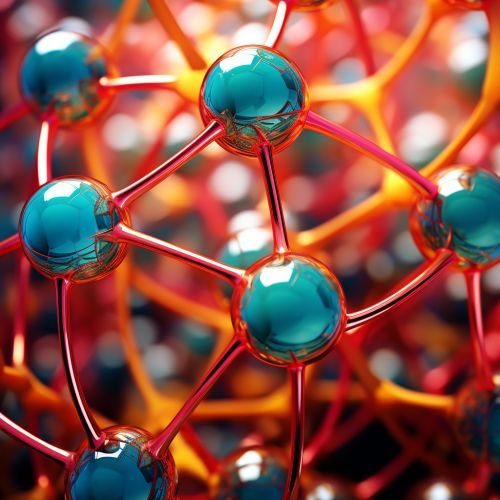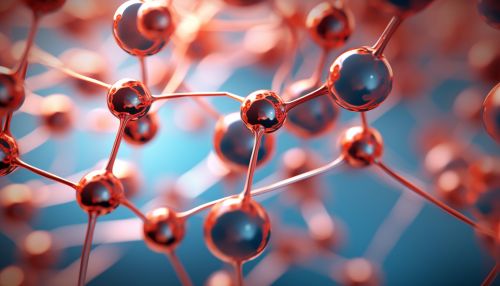Macromolecule
Introduction
A macromolecule is a very large molecule, such as a polymer, composed of many subunits. The term macromolecule was first coined by Nobel laureate Hermann Staudinger in the 1920s, although his relevant publication did not appear until 1926. Macromolecules are typically composed of thousands of atoms or more. The most common macromolecules in biochemistry are biopolymers (nucleic acids, proteins, carbohydrates) and large non-polymeric molecules (such as lipids and macrocycles), synthetic fibers as well as experimental materials that include fullerenes and many other types of large molecules.


Structure and Properties
Macromolecules are characterized by their large size, which is significantly larger than typical small molecules. The structure of a macromolecule will often influence its physical and chemical properties. The physical properties of macromolecules include their solubility in various solvents, their density, their viscosity, and their malleability. The chemical properties include their reactivity with other chemicals, their potential energy, their electronegativity, and their heat of combustion.
Types of Macromolecules
There are three main types of biological macromolecules: proteins, nucleic acids, and polysaccharides. Each of these types is a polymer, which is a long molecule built by linking together a large number of small, similar subunits, called monomers.
Proteins
Proteins are polymers of amino acids. They are responsible for nearly all of the functions of living things. Proteins serve as structural materials, transport molecules, antibodies, enzymes, and more.
Nucleic Acids
Nucleic acids, which include DNA and RNA, are made from long chains of nucleotides. Nucleic acids are responsible for the storage and transmission of genetic information.
Polysaccharides
Polysaccharides are long chains of monosaccharides, or simple sugars. They serve various functions, including energy storage and as components of structural tissues.
Synthesis of Macromolecules
The synthesis of macromolecules involves the process of polymerization, where monomers are joined together to form a polymer. This process can occur through a variety of mechanisms, including condensation reactions and addition polymerization.
Functions of Macromolecules
Macromolecules play several roles in the body. They are involved in the structure, function, and regulation of the body's tissues and organs. Proteins perform a vast array of functions within organisms, including catalyzing metabolic reactions, DNA replication, responding to stimuli, providing structure to cells and organisms, and transporting molecules from one location to another. Nucleic acids are involved in the storage and expression of genetic information, while polysaccharides serve as energy storage and structural components.
